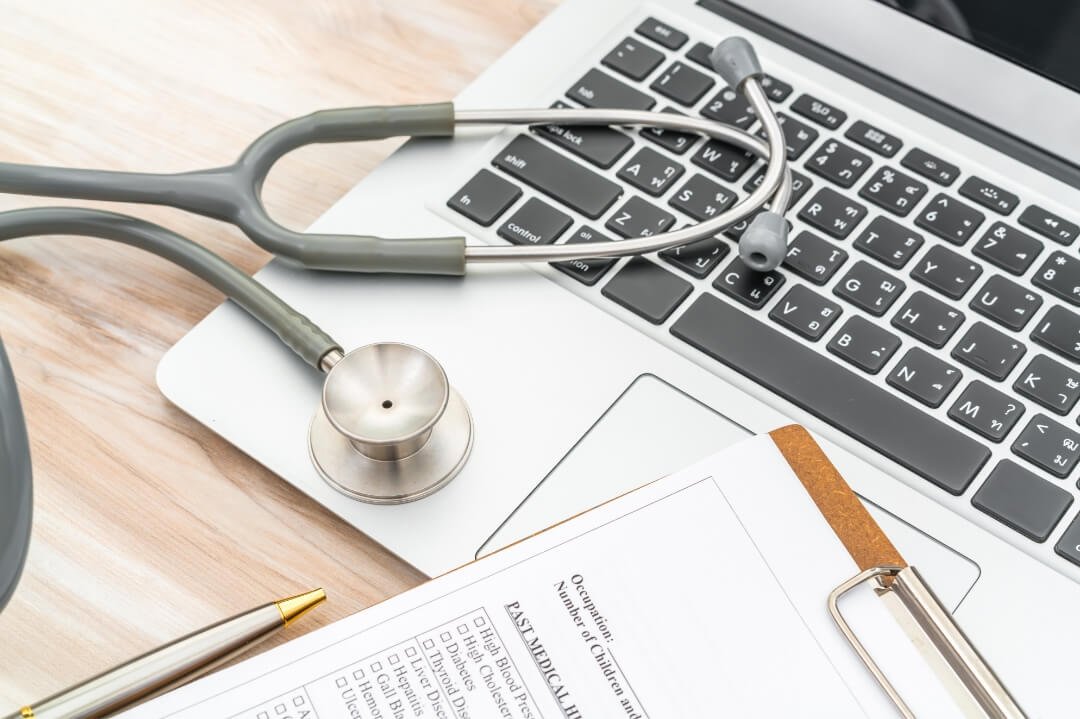The HIPAA Privacy Rule regulates communications involving patients’ protected health information, which encompasses written, electronic, oral, and any other form of sharing or transmitting such data, with specific provisions for safeguarding privacy and ensuring authorized access. This legislation covers not only explicit exchanges of patient data, like doctors discussing a patient’s condition, but also more subtle instances where data may be inadvertently revealed. For instance, a nurse confirming a prescription over the phone, a billing department query about a medical procedure, or even an administrative assistant scheduling a follow-up visit might all involve the use of protected health information. With the growing use of telemedicine and remote consultations, the rule encompasses virtual interactions, making sure that technology serves as an enabler and not a risk to patient privacy. The extent of the rule intends to protect sensitive information regardless of the medium or platform, be it verbal exchanges in hallways, written notes in medical files, or digital records stored in advanced healthcare systems.
Protected Health Information (PHI)
PHI refers to any information related to a patient’s health status, provision of health care, or payment for the provision of health care that can be linked to a specific individual. In modern healthcare, this information is recorded in numerous forms or mediums, ranging from handwritten notes to complex electronic health record systems. The extensive nature of what constitutes PHI under the HIPAA Privacy Rule includes not only the obvious, like medical records, but also supplementary documents and communications like billing statements, appointment reminders, medical images, test results, and emails or text messages containing patient data. Healthcare professionals must exercise caution in handling, storing, and transmitting all these different forms of PHI.
Oral Conversations and Their Implications
Oral conversations are not exempt from HIPAA’s rules. All oral communications regarding a patient’s health information requires the same level of confidentiality and care as their written or electronic counterparts. This regulatory expectation requires healthcare professionals to be conscious of their environment when discussing patient details. Practical examples of these precautions include speaking in hushed tones in public or shared spaces, making use of private rooms for more in-depth patient discussions, or considering architectural or structural changes like soundproofing in areas where sensitive discussions are routine.
Written and Electronic Communications
Written communications, both physical and electronic, are key parts of healthcare communication. All such correspondences containing PHI are governed by the HIPAA Privacy Rule. As healthcare operations become more digitally interconnected, the security of these communications becomes a priority. This means that whether a medical facility is sending a patient’s test results to another clinic via post or electronically, the transmission’s security is necessary. Electronic communications are inherently more vulnerable to breaches and require extra layers of protection. These protective measures range from encrypted email services and secure patient portals to robust firewalls and stringent access controls.
Implicit Communication and the HIPAA Privacy Rule
The rule’s comprehensive nature means it doesn’t solely cover explicit communications. It also includes situations that might inadvertently or implicitly reveal patient information. For example, an unattended patient file left in a common area, even if no one explicitly reads it, could be a HIPAA violation due to the potential risk. Also, computer screens displaying patient information should be strategically positioned or have privacy screens to prevent unauthorized viewing. Such nuances highlight the extent to which healthcare providers must go to ensure compliance to HIPAA Privacy Rule.
Best Practices for Healthcare Providers
Compliance with the HIPAA Privacy Rule is not just about understanding the rule but also about implementing its principles. Healthcare providers must adopt a comprehensive approach to ensure all communications involving PHI uphold the rule’s standards. This includes regular training to educate staff about the rule’s finer details. These educational initiatives should be supplemented by well-defined policies on PHI storage, transmission, and access. Periodic audits can help identify potential vulnerabilities, ensuring proactive rectification. Developing a workplace culture focused on privacy and security can also be important to ensure that every staff member, from frontline medical professionals to administrative personnel, prioritizes patient data protection. As the healthcare landscape continuously evolves, staying in line with updates to the rule and integrating the latest security measures becomes necessary to maintain patient trust and ensure the well-being of all involved.
Related HIPAA Privacy Rule Articles
What is the HIPAA Privacy Rule?
What is the purpose of the HIPAA Privacy Rule?
What is the penalty for violating HIPAA Pricy Rule?
What is PHI under the HIPAA Privacy Rule?
What is the HIPAA Privacy Rule for employers?
What is HIPAA Privacy Rule covered entity?
What is HIPAA Privacy Rule requirements?
When was HIPAA Privacy Rule enacted?
Why is the HIPAA Privacy Rule important?
When did HIPAA Privacy Rule became effective?
How is minimum necessary standard best defined in relation to HIPAA Privacy Rules?
Why was the HIPAA Privacy Rule created?
What information is protected by HIPAA Privacy Rule?
What is the de-identification standard under the HIPAA Privacy Rule?











